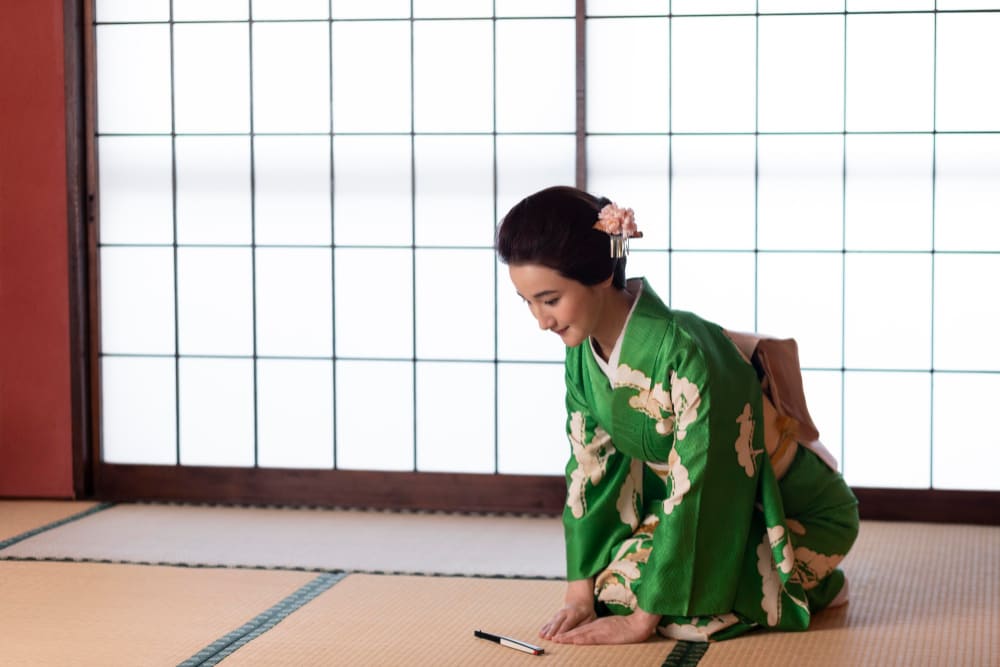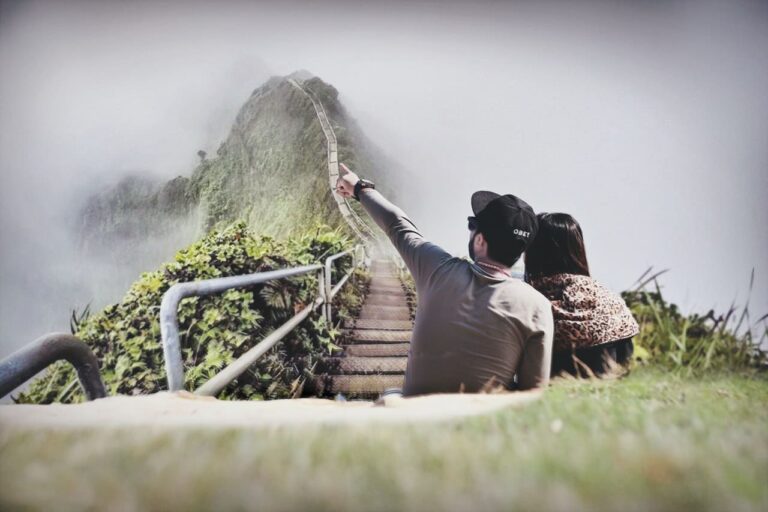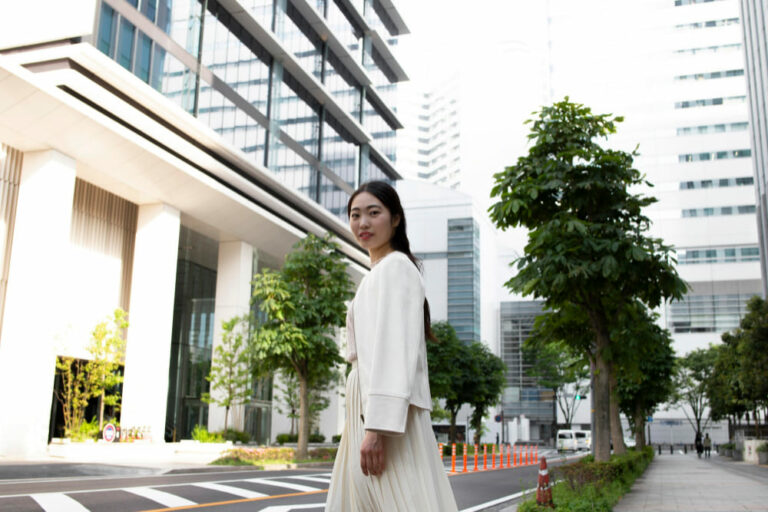Shunga as a Kind of Japan Erotic Art
As you already know, Japan’s sex industry is diverse. Shunga is one of the most interesting directions in erotic history development. Nowadays there are still a lot of people who haven’t stopped admiring it. This art as well as Japanese history belongs to one of the richest cultures in the world. So it won’t be an exaggeration if we say that the people there have a good sense of sexuality. Almost every museum curator will surely say that Shunga is something like a celebration of lovemakers’ enjoyment. This art finds itself in glorious paintings that represent reciprocal attractiveness and sensual desire as real and untouched.
History of Shunga Development
Shunga, in a real sense “spring paintings”, is a sensual aesthetic convention. It rose out of early current Japan, highlighting realistic pictures of sex movement. Intimate pictures suggested sexiness in an improper demonstrative stage. You can find the set of experiences, temper, and achievements of sexual art at the world’s known museums today.
The tradition of publishing a kind of “erotic manuals” for young people existed in Japan long before the appearance of the Shunga. Already at that time, the Japanese approach to rethinking the existing Indian and Chinese treatises on love started. The Japanese rarely sang erotic love, preferring to teach it in their works, including through illustrated pictures.
But the real flowering of Shunga began when Yoshiwara appeared on the map of Edo and prostitution became an officially recognized business. Even though the Japanese government was horrified by prints. They reflected the life of Yoshiwara and from time to time banned Shunga, erotic book publishing was rapidly gaining momentum, expanding its market.
Shunga from Point of View of Japanese Authorities
The Japanese authorities have repeatedly tried to define their attitude towards the Shunga since their inception. For all the democratic nature of the traditional view of sex and its reflection in art, it was clear that some standards of decency must still be respected. However, the eternal discussion with the censors on the topic “what is eroticism and what is pornography”, both today and in the XVIII century could not lead to any clear answer. Therefore, people banned Shunga periodically.
Shunga Heroes
Many Shunga heroes had the faces and coats of arms of the stars of those times. They appear before us in the most frivolous poses. Despite the fact that the main characters of the Shunga were most often oiran and kabuki actors, there were also certain role-playing clichés for the rest of the characters of the “drama”. These were a spouse, an out-of-mind, or an ever-absent old husband, a young wife, and her lover. With a picture completely devoid of any hint of shyness, the explanatory texts, on the contrary, were quite decent and often saturated with a kind of Japanese humor.
Final Thoughts
The attitude to the Shunga as a part of the ukiyo-e that glorified Japan abroad remained difficult for some time. But by the beginning of the XX century, Western morality had won out in the Japanese capital. In many Shunga, it is not easy to distinguish, especially for a European, where a man is and where a woman is. The clothes are very similar, and the location of lovers relative to each other can only be determined by their genitals. Sometimes you find with surprise that the lovers are of the same sex.

Michaela Smith serves as the esteemed relationship expert at SafeDateOnline, bringing a wealth of knowledge and insight to the platform. With a background in psychology and counseling, Michaela offers invaluable advice and support to individuals seeking guidance in their romantic endeavors. Her expertise in understanding human behavior and interpersonal dynamics enables her to provide tailored recommendations and strategies for building healthy and fulfilling relationships. Michaela’s dedication to helping others navigate the complexities of dating and relationships makes her an invaluable asset to the SafeDateOnline community. Through her contributions, she empowers users to cultivate meaningful connections and navigate the challenges of modern romance with confidence and resilience.







